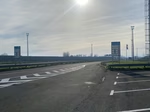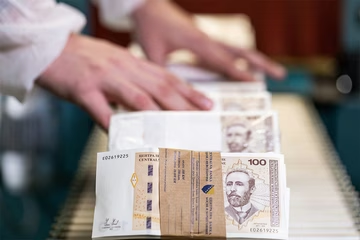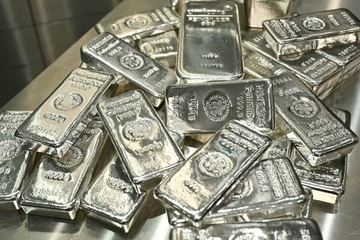
The activists of the Youth Initiative for Human Rights repainted on Wednesday graffiti portraying Bosnian Serb wartime military leader in the northern town of Backa Palanka and the southern city of Bor, the organisation said in a statement.
Oglas
The graffiti with the image of General Ratko Mladic, sentenced in the first instance to life imprisonment for war crimes in the 1992-1995 Bosnian war and genocide in Srebrenica by the International War Crimes Tribunal for Former Yugoslavia (ICTY), were visible on several walls in those towns.
The activists said they repainted them because they “symbolise the policy of evil in Ratko Mladic’s character” and to “condemn the policy of (war) crimes which Serbia is responsible for because it did not prevent the genocide and did not bring to justice those responsible, but was giving them shelter for years.”
The Srebrenica genocide that started on July 11, 1995, claimed lives of over 8,000 Bosniak boys and men executed by Bosnian Serb Army. The ICTY officially characterised the crime as genocide and sentenced several Bosnian Serb officials to life imprisonment for the crime.
Oglas
“It’s been 23 years since the genocide over the Muslim population and Ratko Mladic, but also other war criminals who are still treated as heroes by some state institutions’ representatives and a part of the society in Serbia,” the Initiative said in the statement.
It added they took action “to send a message that the criminals deserve condemnation, while the respect for the victims contributes to the lasting peace and the stability in the whole region.”
They said they would hold a commemoration for the Srebrenica victims on Wednesday evening in a park, outside Serbia’s Presidential residence.
On Tuesday, an NGO organised a performance at the central Belgrade’s square to commemorate the Srebrenica genocide.
Kakvo je tvoje mišljenje o ovome?
Učestvuj u diskusiji ili pročitaj komentare
Oglas
Kakvo je tvoje mišljenje o ovome?
Učestvuj u diskusiji ili pročitaj komentare
Oglas





 Srbija
Srbija
 Hrvatska
Hrvatska
 Slovenija
Slovenija



























































